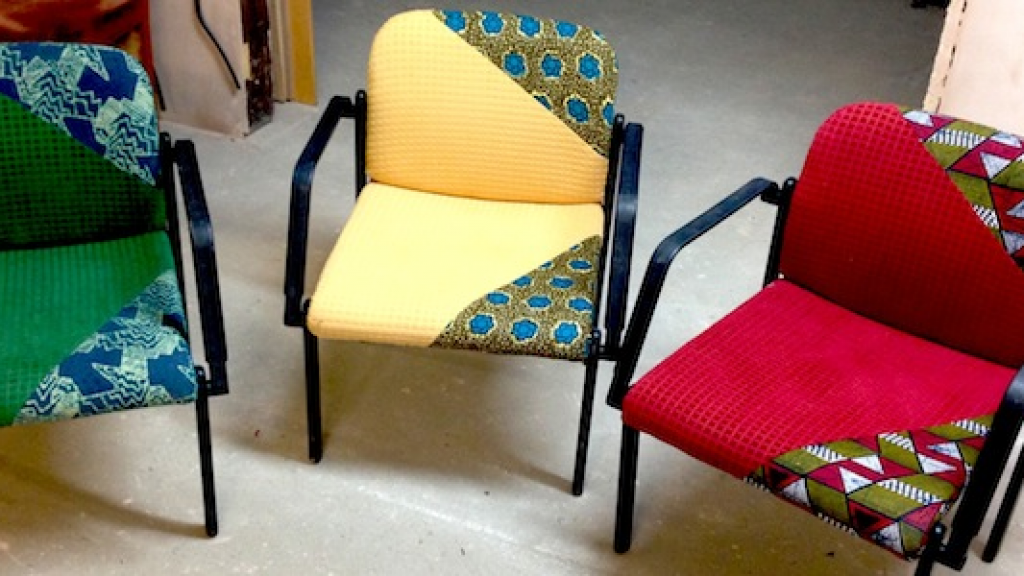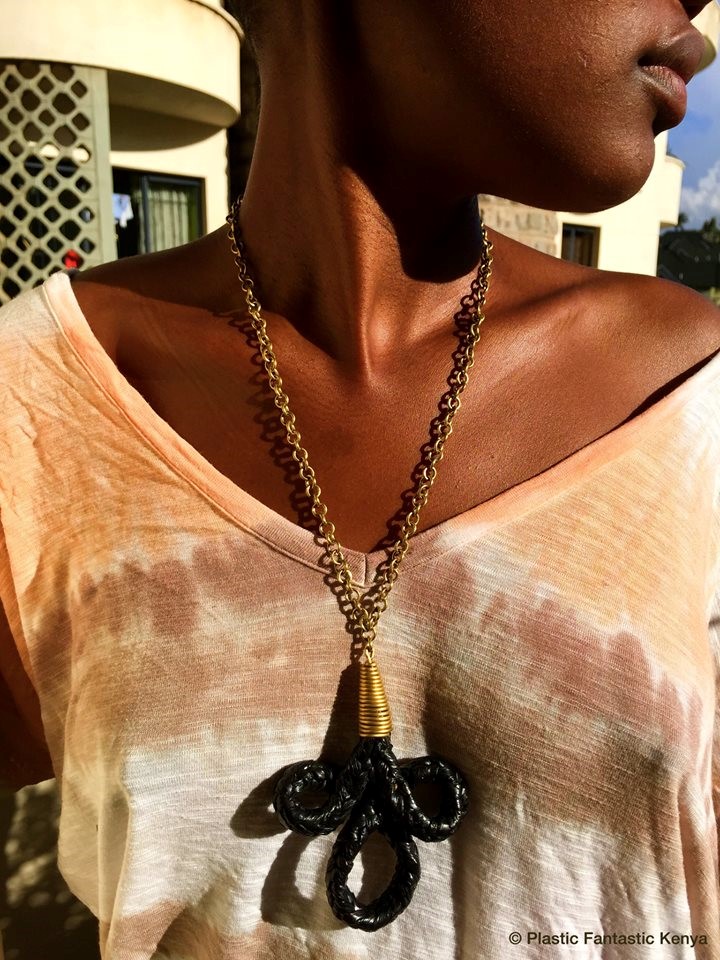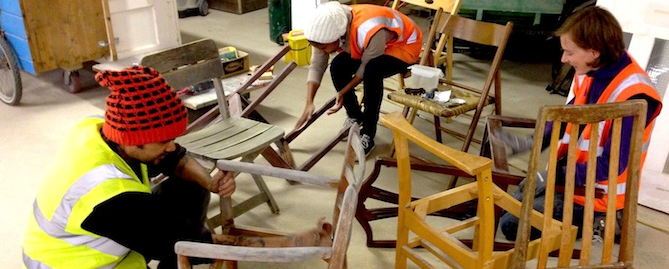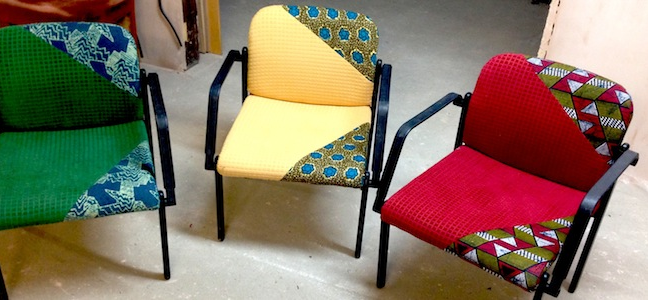
RSA Fellow Anna Lowe is an entrepreneur with a background in manufacturing & supply chain. Her current mission is to create a network of makerspaces across Africa.
I’ll start out by confessing that I come from a manufacturing background. And if there’s anything a production or supply chain manager likes, it’s a nice consistent stream of raw materials, exactly when and where you want them – same quality, same strength, right colour and size.
Post-consumer waste, on the other hand, likes to turn up unannounced, maybe in a random location (left on a street corner instead of sent to the WEEE program?), maybe in a rare colour or strength, and definitely mixed in with lots of other things.
So, there are plenty of challenges in trying to match supply and demand of recycled materials for a working circular economy. For mass production there are ways to overcome these challenges – principally by homogenizing the product to a generic raw materials stage (e.g. pulped paper, pellets of a particular type of waste plastic). This works. But we need other solutions, too. Partly because so much waste is disposed of in quantities too small, or too geographically dispersed, for mass recycling to be a viable option. And even when mass recycling is economic, re-using materials without having to totally melt them down or mash them up or whatever can save a lot of energy.
I believe that the maker movement, with people learning or re-learning skills to repair, change, and create physical objects themselves, offers great hope to the circular economy. Individually the amount of waste material re-used may be small – but it can happen anywhere and everywhere, so it adds up. Here are a few of my current favourite examples:
First up is Plastic Fantastic Kenya. They have set up their very own recycling system, teaching environmental awareness in schools around Nairobi and implementing a scheme where, in the absence of any recycling infrastructure, children can bring their family’s plastic waste to school for it to be collected and delivered to skilled artisans. Those craftspeople turn the plastic into beautiful jewellery and accessories which are sold both locally and internationally.

Now let’s turn to the Agbogbloshie recycling scrapyard in Accra, Ghana. Commonly misreported as being an e-waste dump, it is in fact a hub of recycling enterprises that strip cars and computers down to their constituent materials. Large-scale, commercial markets exist for almost all the waste streams – but still they see value in bringing more maker skills into the process. The Agbogbloshie Makerspace Project promotes development both of tools for more efficient or safer recycling, and products that can be made from recycled materials.
For makers who don’t have such a ready source of waste materials, finding what they need can be a challenge. I recently got involved with South-London based The Remakery, a soon-to-open community workshop for upcycling and making things out of waste materials. This solves the problem by being an aggregation mechanism – companies donate waste materials, which are stored at the Remakery for members to select what they want to use. A digital solution to the same problem comes in the ArtJunk app, which lets anyone upload a photo of interesting “junk” they see in a skip or on a street corner, automatically tagged with the location, for anyone interested to go and pick up.

A chair reclamation workshop at The Remakery

The poster-child of the maker movement, the 3D printer, will be rearing its head here too. There’s a flurry of startups developing machines that can melt waste plastic and re-extrude it into the filament used by 3D printers.When every village has a 3D printer and one of these, some types of plastic will truly be taking part in a circular economy.
These are just a few examples of maker skills being the missing link that can bring waste material back into use – but far more innovation is needed in this area. Have a think about it. If you’re a product designer, how can you design your products for this kind of re-use at the end of their life? Or how about turning your attention to devising new matchmaker systems for waste materials to meet their ideal new use?





